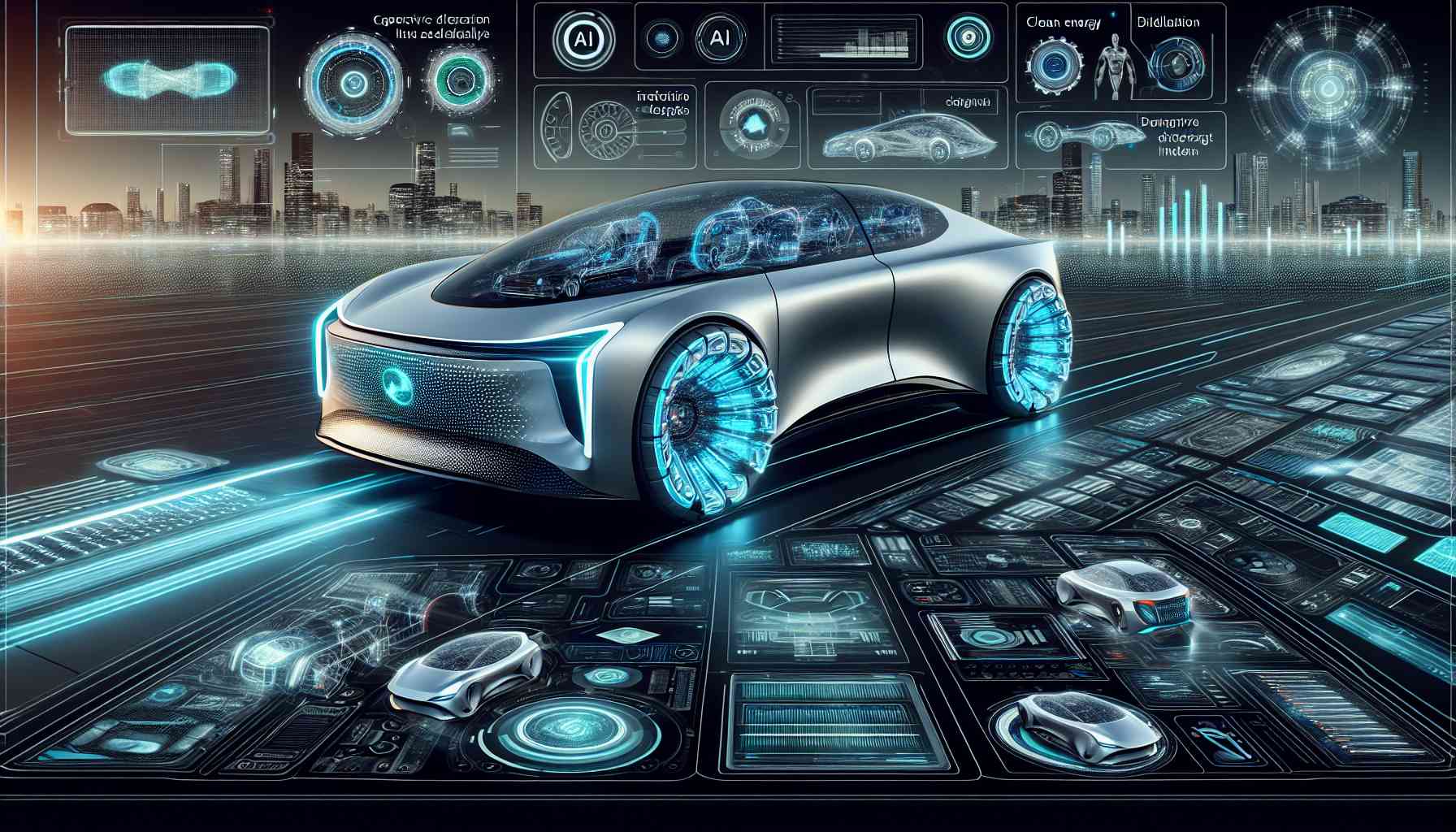Summary: The global tech show in Las Vegas showcased the dramatic advancements in car technology, with major carmakers introducing AI integration, massive dashboard displays, and clean energy solutions. German automaker Volkswagen announced its plans to bring AI chatbot ChatGPT into its cars, offering enhanced voice assistance and control over infotainment and vehicle functions. Sony presented a concept electric vehicle called Afeela, featuring a stunning ultrawide dashboard screen and autonomous driving capabilities. Polestar announced the integration of Google’s apps and services directly into their EVs, powered by the Android Automotive operating system. Bosch showcased eye-tracking technologies that can detect tiredness and provide contextual information about points of interest. Hyundai Motor expanded its HTWO fuel cell brand and introduced solutions for hydrogen production from plastic waste and electrolysis of water, highlighting the importance of clean energy for a sustainable future.
Title: Cars with Advanced AI, Immersive Displays, and Sustainable Energy Solutions Take Center Stage
At the global tech show in Las Vegas, car enthusiasts were treated to a glimpse of the future as leading automakers unveiled groundbreaking innovations. German automaker Volkswagen made waves by announcing its integration of the AI chatbot ChatGPT into its vehicles, revolutionizing the interaction between drivers and their cars. With the AI-powered voice assistant, drivers can effortlessly control infotainment features, adjust the temperature, search for destinations, and even engage in general knowledge conversations.
Sony introduced the Afeela, an electric vehicle concept that left spectators awe-struck. Its standout feature is a huge ultrawide dashboard screen that spans the width of the car, providing an immersive experience for both driver and passengers. Additionally, the bumper of the car houses another screen, known as the Media Bar, which can display vital information, personalized messages, and even logos from popular entertainment titles.
Polestar, an electric car brand, took a different approach by integrating Google’s suite of apps and services directly into their vehicles. By leveraging the powerful Android Automotive operating system, drivers can seamlessly access YouTube, Amazon Prime video, and other new features. This integration creates a more connected and enjoyable driving experience.
Bosch showcased exciting eye-tracking technologies designed to enhance driver safety and convenience. By monitoring eye movements, the system can detect signs of fatigue and offer recommendations, such as brewing a cup of espresso upon arriving home. Furthermore, the eye-tracking technology can deliver contextual information about points of interest along the journey, providing drivers with historical facts or restaurant opening hours.
Meanwhile, Hyundai Motor took a significant step towards a hydrogen-powered future. They expanded their HTWO fuel cell brand, focusing on the hydrogen value chain business. Hyundai introduced solutions for producing hydrogen from plastic waste and through the process of electrolysis, utilizing renewable energy sources. Green hydrogen, produced through these methods, is recognized as a clean and sustainable energy source, free from harmful emissions.
The global tech show in Las Vegas was a platform for car manufacturers to showcase their latest innovations. From advanced AI integration to futuristic dashboard displays and sustainable energy solutions, the cars of the future are shaping up to provide an unparalleled driving experience while prioritizing environmental consciousness.
The source of the article is from the blog trebujena.net

